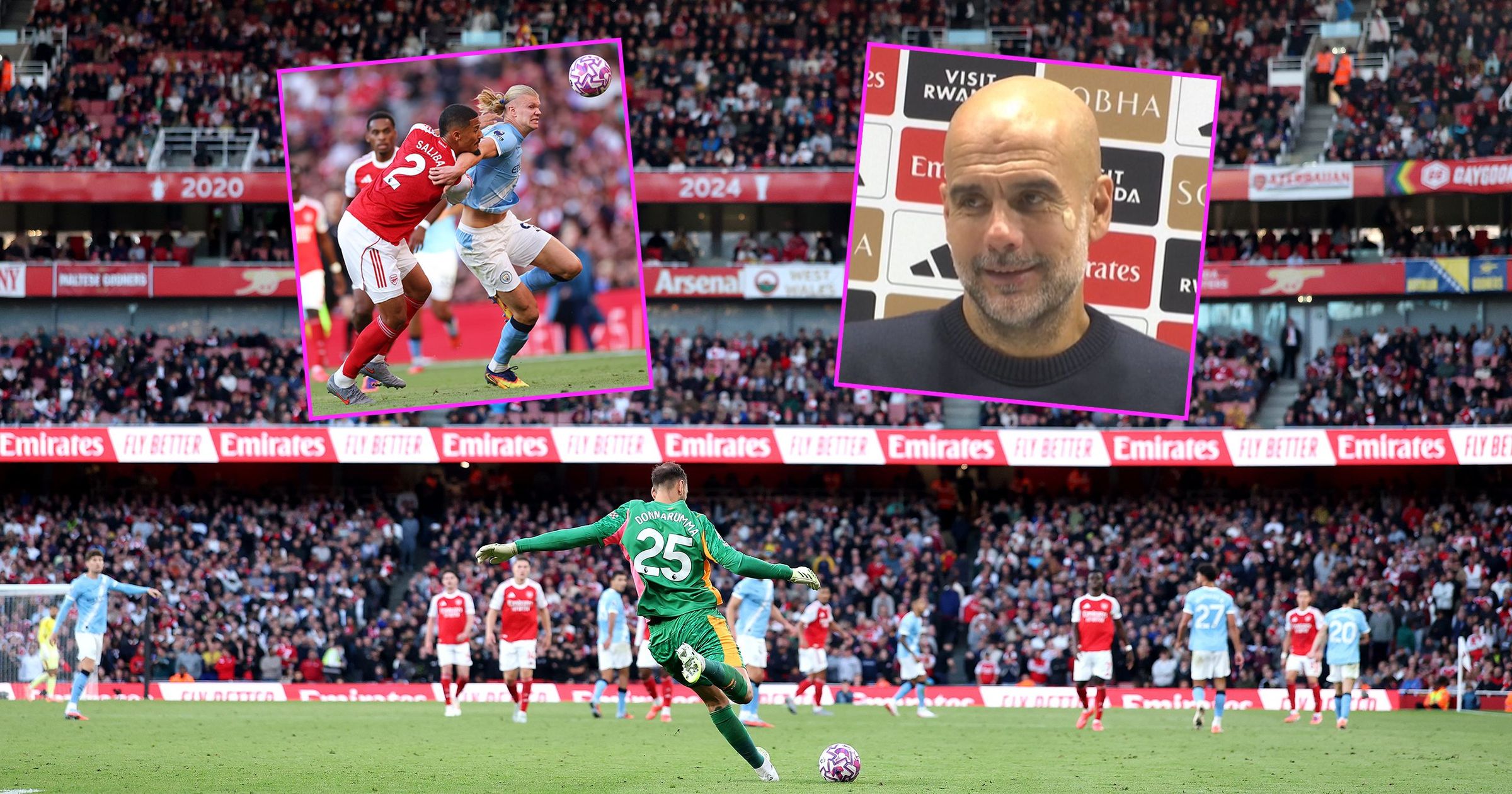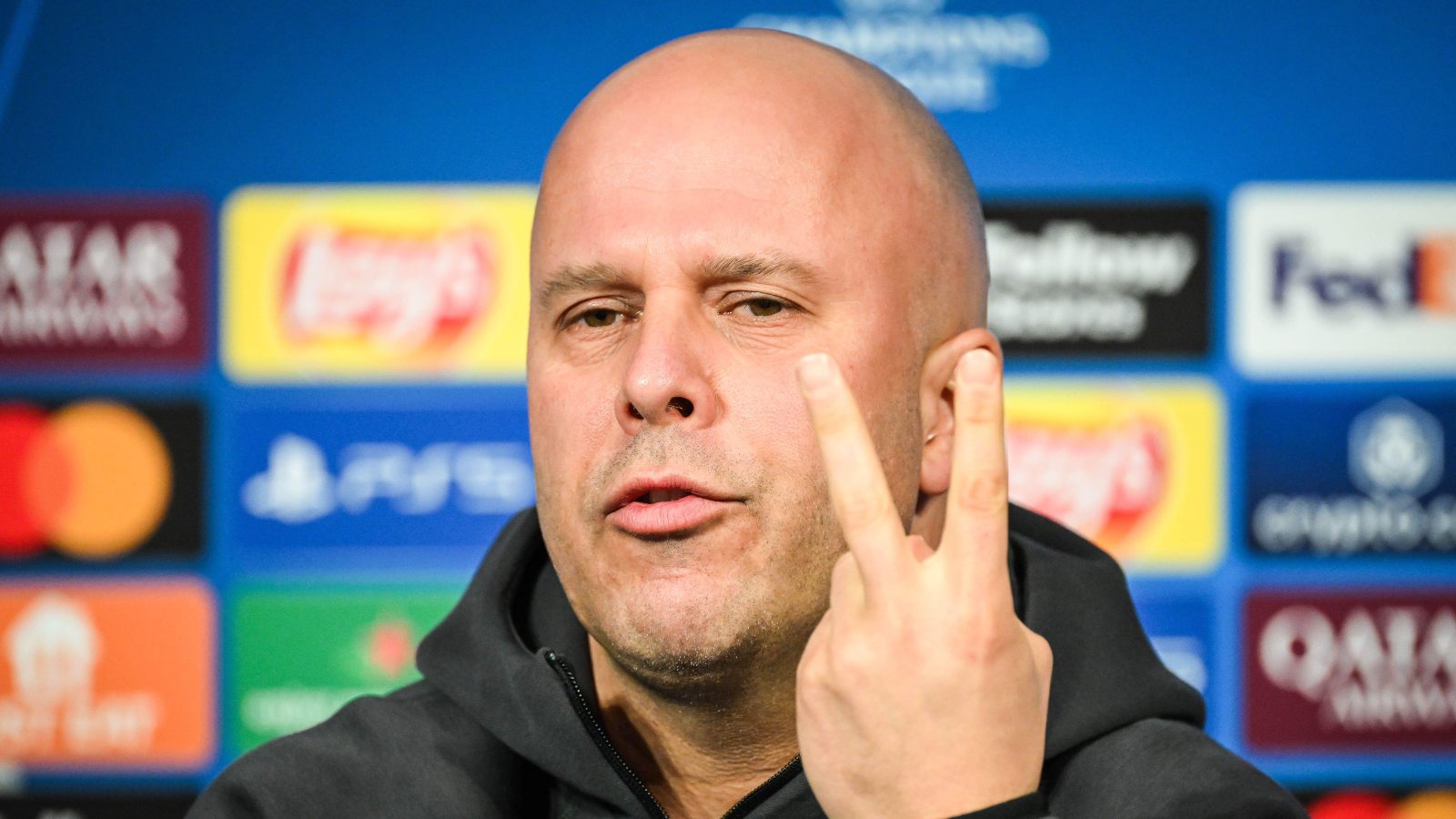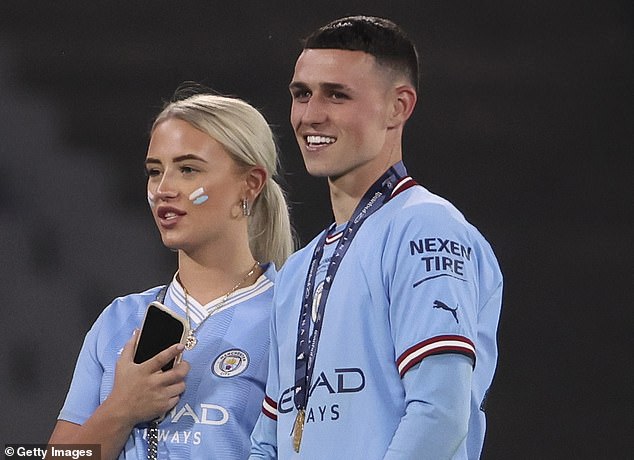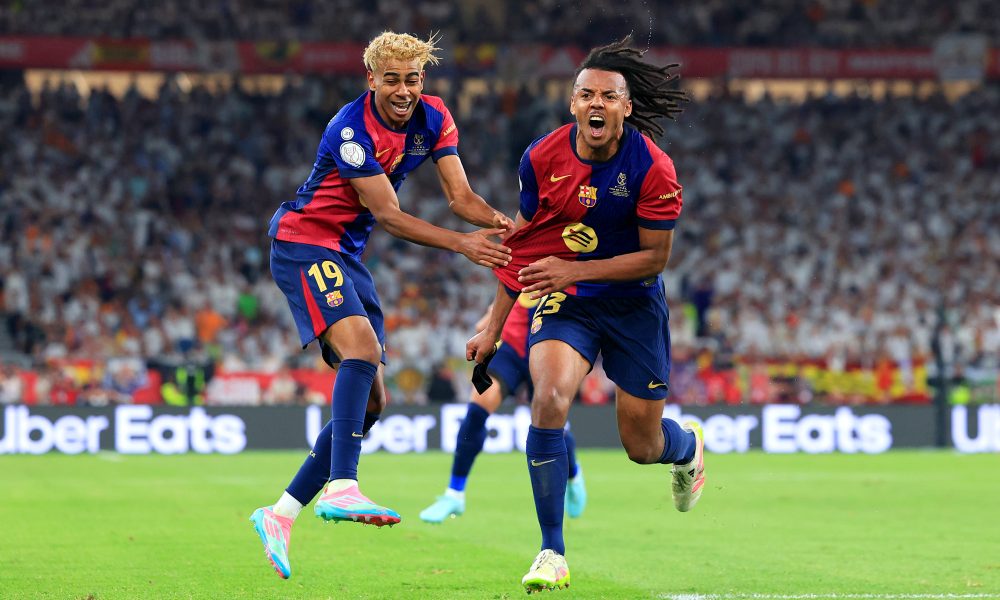“Okay, one time in 10 years is not bad, right? I had to prove myself again for another strategy. Now I am a transition team. You know that?”
Not only was City’s 32.8% possession on Sunday afternoon their lowest under Guardiola, it was – according to Opta – the lowest from ANY Guardiola team in a top-flight league game.
And there is more besides. After five games of this Premier League season, City are – statistically – a team almost unrecognisable from what they were.
Taking Opta’s stats back to Guardiola’s first season at City in 2016/17, their average possession percentage so far this campaign is by far the lowest at 52.34%, while passes per sequence – consistently above five since 2017/18 – has dipped below four so far this term.
| Premier League season | Possession % | Passes per sequence |
| 2016/17 | 64.93 | 4.27 |
| 2017/18 | 71.94 | 5.48 |
| 2018/19 | 68.13 | 5.22 |
| 2019/20 | 66.63 | 5.42 |
| 2020/21 | 63.73 | 5.39 |
| 2021/22 | 68.21 | 5.29 |
| 2022/23 | 65.18 | 5.35 |
| 2023/24 | 65.45 | 5.58 |
| 2024/25 | 61.57 | 5.12 |
| 2025/26 | 52.34 | 3.97 |
If those numbers give an overall view, what about a deep dive further back on the pitch?
Since his arrival in England, Guardiola has been almost single-handedly responsible for changing how teams build up from the back, with the likes of Ederson and John Stones reinventing what is expected of a team and their defensive unit.
But this season, City and their Catalan chief have gone a different way, with their numbers for percentage of passes long and percentage of goal kicks long per game also at the highest ever seen in the Guardiola-City era.
| Premier League season | % passes long | % goal kicks long per game |
| 2016/17 | 8.8% | 3.55 |
| 2017/18 | 6.3% | 2.50 |
| 2018/19 | 6.8% | 2.34 |
| 2019/20 | 7.5% | 1.53 |
| 2020/21 | 6.6% | 2.08 |
| 2021/22 | 7.1% | 0.87 |
| 2022/23 | 7.0% | 1.58 |
| 2023/24 | 6.1% | 1.39 |
| 2024/25 | 6.0% | 1.24 |
| 2025/26 | 8.9% | 3.60 |
So, what does all this come back to? There would seem to be a number of factors at play.
One is the inexorable change in the way the Premier League is being played.
“I’m really impressed in that in terms of what they are able to do.”
In the same breath, he revealed that the club’s player targets over their summer rebuilds were due to focus on “good ones, physical ones, strong ones mentally”.
That gradual switch to a more physical, “transition” team has come in the form of the likes of Tijjani Reijnders, Rayan Ait-Nouri and Abdukodir Khusanov.
Indeed, Guardiola said that – above tactics this season – what he wants to see most is the “spirit” come back to his team, something he says they “lost” last term.
Guardiola also brought in Jurgen Klopp’s former assistant Pep Lijnders over the summer, bringing an unexpectedly different lens to his backroom team and one that was likely a proactive move to develop a new identity for his team.
As the campaign progresses, how far will Guardiola go with this new model? And crucially, will it bring success?



